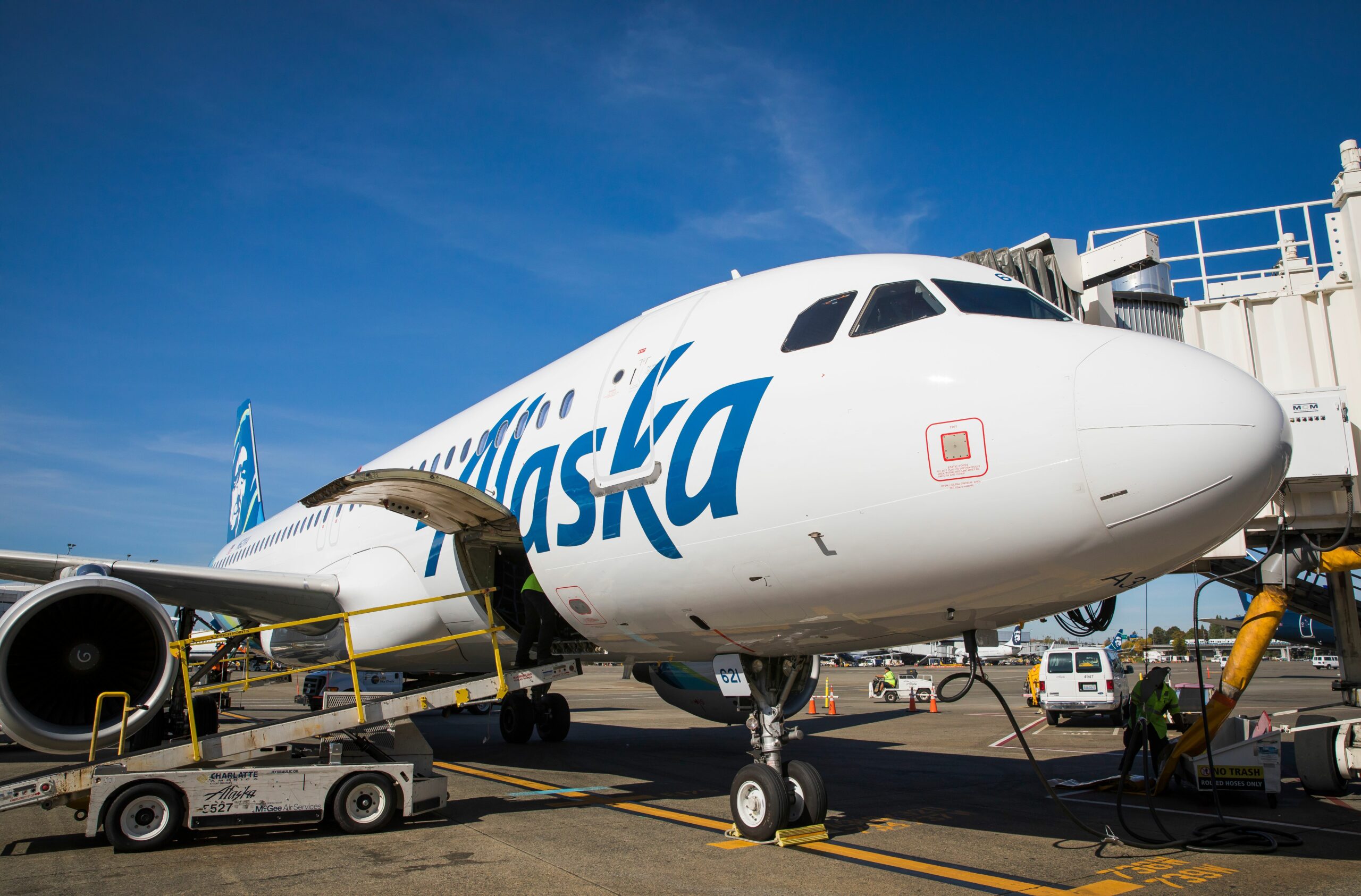
180925 airbus 013 scaled
Alaska Airlines thinks it has turned the corner on the effects of the Covid-crisis, having produced positive cash flow and a profit for Q2. More importantly, forward bookings for the current third quarter already stand at 85 percent compared to 2019 levels, while the airline is consistently flying some 110.000 passengers a day. Alaska Airlines has turned the corner.
It makes CEO Ben Minicucci believe that the worst of the downturn is behind Alaska Airlines and Horizon Air, he said on July 22, although the risk of the Delta variant may have an impact on the recovery trajectory. Virus mutations permitting, Alaska plans to return to 100 percent capacity by the summer of 2022, Minicucci said. As especially leisure travel continues to rebound, the carrier will create flexibility by temporarily returning some ten ex-Virgin America Airbus A320s from storage and bring them back into service this fall and winter.
The airline has issued recall notices to all pilots for work from October but getting sufficient staff to cater to the demand will be a huge challenge. Alaska has found that labor pools are limited, especially for ramp operators in the Seattle area. This could negatively impact operations, putting a strain on staff that often has to work extra shifts.
Q2 net profit of $397 million
Alaska reported a $397 million Q2 profit compared to a $214 million loss last year. Excluding payroll support aid, this would have been a $38 million loss. The operating income was $549 million versus $-288 million last year. Total revenues were up 263 percent to $1.527 billion. Capacity was down 21 percent compared to 2019. Load factors have been consistently rising to 86 percent in June, a level Alaska expects to maintain for the rest of the year.
For HY1, Alaska booked a net profit of $266 million ($-446 million last year), but without PSP it would have seen a $474 million loss. Operating income was $388 million ($-609 million), total revenues $2.324 billion or up by thirteen percent.
The group received $664 million in grants and loans under the extension of the PSP program, which will end by October. To reduce its debt, Alaska repaid $570 million on outstanding credit facilities and a loan under the CARES act. By the end of June, it had $4.0 billion in unrestricted cash and marketable securities, up from $3.5 billion in March. It expects to return to this level by the end of the year and reduce net liquidity in 2022, although no definite target has been set.
Network focus is on Seattle
The network has been rebuilt to around 80 percent of pre-pandemic levels. The carrier prioritizes growth in Seattle, given the strength of demand in the Pacific Northwest area. This is in stark contrast to demand in California, which was the weakest of all regions but has improved since June.
Alaska has seen a significant shift to ‘get-away destinations’ and cities with lower costs of living and has identified fifty new markets since the start of the pandemic to where it will operate, said CCO Andrew Harrison. Business travel has recovered to 40-50 percent of 2019 levels since late June and will likely improve, thanks to the partnership with Oneworld and American Airlines.
Alaska expects to produce solid double-digit margins in the third quarter and high single-digit numbers in the fourth quarter. Cash flow will be between $0-100 million. Capacity will be 17-20 percent below 2019 levels but could be better if the recovery continues. Harrison said that Alaska is working on a plan to incrementally increase revenues by $300 million per year compared to pre-Covid levels, of which the airline will disclose more during a future investor event.
As reported, Alaska earlier exercised options on thirteen Boeing MAX 9s for delivery in 2023 and 2024 and for nine Embraer E175s for Horizon for deliveries in 2022-2023. SkyWest Airlines will receive eight aircraft next year as part of the expanded long-term capacity agreement.
Views: 0



